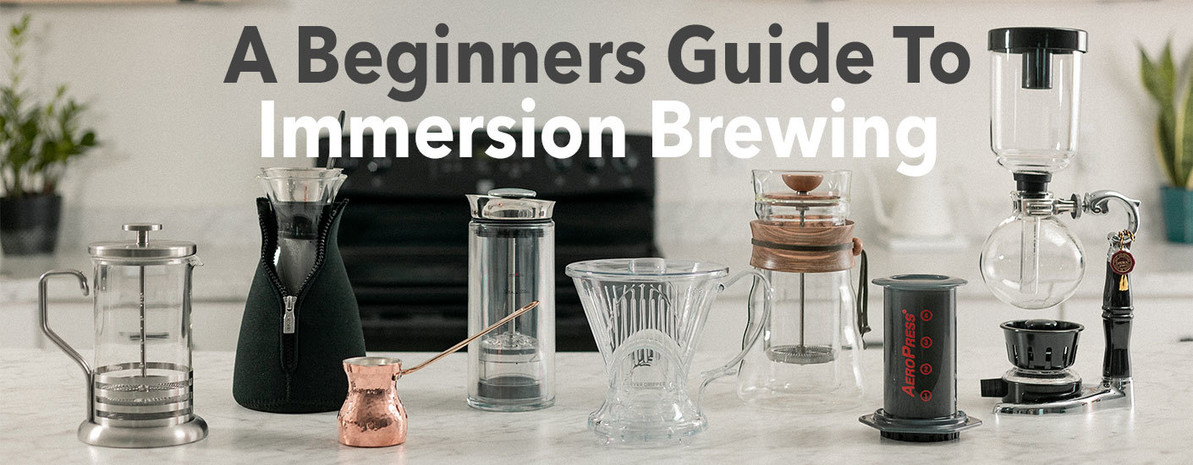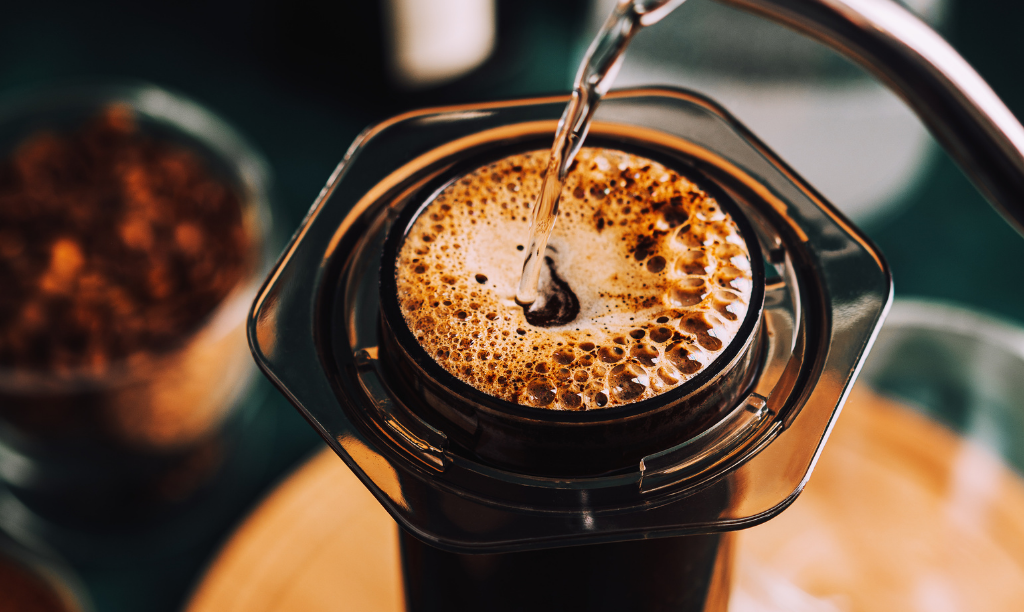Exploring the Art of Coffee Developing: A Comprehensive Guide to Perfecting Your Cup
The art of coffee developing is a diverse self-control that merges science with individual expression, where the option of beans, water quality, and developing approaches assemble to create a refined sensory experience. Comprehending the nuances of various coffee beans, particularly the distinctions between Arabica and Robusta, is necessary for any fanatic. Moreover, the option of suitable tools and meticulous interest to brewing criteria can considerably influence the last outcome. As we explore these components, one must consider how even minor adjustments can cause profound modifications in taste and aroma-- what might these changes reveal about your perfect cup?
Comprehending Coffee Beans
To really appreciate the art of coffee brewing, one must first recognize the foundational aspect: coffee beans. These small seeds, normally obtained from the Coffea plant, are critical in determining the flavor account, scent, and general quality of the brewed beverage. Coffee beans largely come under two classifications: Arabica and Robusta. Arabica beans, recognized for their fragile tastes and greater level of acidity, are frequently favored by aficionados. On the other hand, Robusta beans possess a stronger, a lot more bitter taste and higher caffeine material, making them appropriate for coffee blends.

Additionally, the handling approach-- whether cleaned, all-natural, or honey-- affects the beans' last taste. Recognizing these aspects allows brewers to pick the right beans that align with their preferred flavor account, eventually improving the coffee developing experience. coffee brewing methods. This understanding is essential for any person striving to master the craft of making the ideal cup of coffee
Developing Approaches Clarified
Many lovers find that the choice of developing technique considerably impacts the last flavor and scent of their coffee. Each method utilizes various extraction methods, affecting the coffee's personality and richness.
Drip developing, one of one of the most popular techniques, uses a machine to trickle hot water with ground coffee, producing a tidy and consistent cup. French press, on the various other hand, submerses coffee grounds in warm water, enabling a fuller body and more durable flavor, as oils and fine bits continue to be in the mixture.
Pour-over developing provides a meticulous method, where water is manually poured over coffee premises, enabling specific control over removal time and temperature level, causing a brilliant and nuanced cup.
Coffee, a concentrated coffee brewed under stress, is known for its solid flavor and velvety appearance, working as the base for various coffee beverages, consisting of cappuccinos and lattes.
Necessary Equipment Required
The foundation of any kind of effective coffee developing process exists in quality devices tailored visit our website to your preferred method. A reliable coffee grinder is important; fresh ground beans dramatically boost flavor and fragrance.
Following, consider your brewing device. Alternatives vary from drip coffee machine and pour-over setups to French presses and coffee machines. Each technique offers unique taste profiles and brewing techniques, so pick one that aligns with your taste preferences.
An exact scale is likewise very useful, enabling you to gauge coffee and water precisely, which is crucial for uniformity. Furthermore, a thermometer can help monitor water temperature, as it straight affects extraction top quality.
Learning Water Top Quality
The quality of water used in developing coffee plays a significant function in identifying the last taste account of the mug. Numerous elements add to water top quality, including mineral web content, pH level, and total purity. Preferably, water should be cost-free from impurities and impurities, as these can adversely influence the taste of coffee.
Minerals, such as calcium and magnesium, enhance the extraction of tastes from the coffee premises, while maintaining a well balanced pH level-- around 6.5 to 7.5-- is necessary for optimal removal. Water that is as well soft might cause under-extraction, resulting in weak or sour flavors, while extremely tough water can produce a bitter or extreme mug.
For the very best outcomes, filtered water is advised, as it decreases the presence of chlorine and various other unfavorable substances commonly found in faucet water. Additionally, take into consideration making use of water with an Overall Dissolved Solids (TDS) degree between 150-200 ppm, which is typically suitable for coffee developing. By grasping water quality, you can lay a strong foundation for attaining a consistently outstanding mug of coffee, allowing the one-of-a-kind qualities of your picked beans to shine through.

Tips for Taste Improvement
Enhancing the taste of your coffee can substantially boost your description developing experience and bring out the special subtleties of your chosen beans. To accomplish look at more info this, take into consideration numerous vital factors that affect preference.
To start with, the work size plays a vital duty. A finer work raises removal, causing bolder tastes, while a coarser work returns a milder cup. coffee brewing methods. Change your grind according to your brewing method to attain optimum outcomes
Second of all, explore brew time. Over-extraction can cause resentment, while under-extraction lead to a sour taste. Go for a mixture time that stabilizes these extremes, normally between 2 to four minutes, depending upon your technique.
Additionally, temperature is a vital component. Brewing with water that is as well warm can scorch the coffee, while water that is as well awesome might fall short to remove ample taste. The ideal temperature level variety is 195 ° F to 205 ° F(90 ° C to 96 ° C)
Verdict) )))) Finally, the art of coffee brewing is a complex technique that needs a deep understanding of various components, consisting of bean choice, brewing methods, and water quality. Proficiency of essential devices and interest to detail in work dimension, brew time, and temperature level are important for attaining ideal removal. By integrating these components, coffee enthusiasts can elevate their brewing methods, resulting in a cup that not only satisfies individual preferences however likewise showcases the rich complexity of coffee flavors.
The art of coffee developing is a complex self-control that merges scientific research with individual expression, where the selection of beans, water quality, and developing methods assemble to develop a polished sensory experience.To absolutely value the art of coffee brewing, one need to initially recognize the fundamental element: coffee beans. Developing with water that is also hot can burn the coffee, while water that is as well awesome might fail to draw out adequate flavor. In verdict, the art of coffee brewing is a multifaceted method that calls for a deep understanding of different elements, including bean choice, developing techniques, and water high quality. By integrating these elements, coffee enthusiasts can elevate their developing strategies, resulting in a cup that not just pleases personal choices however also showcases the abundant intricacy of coffee flavors.